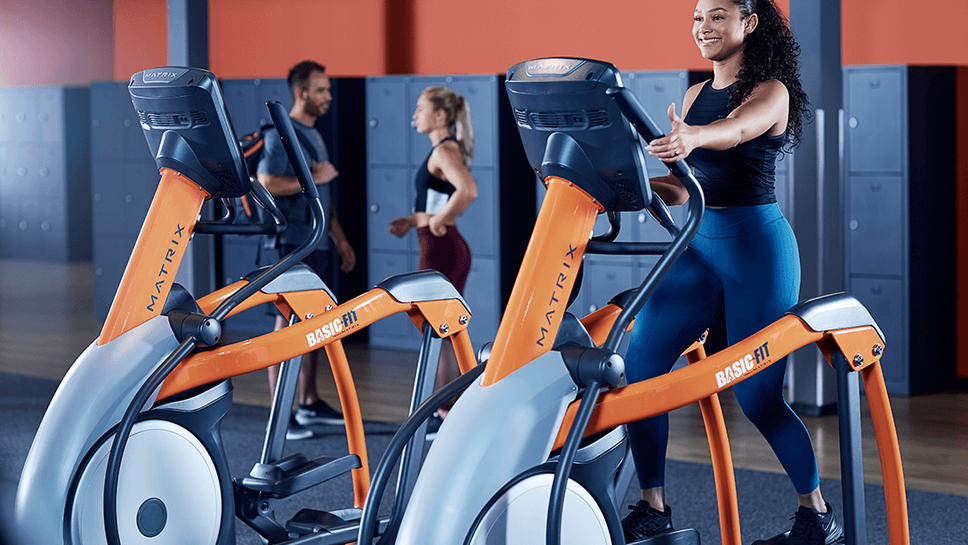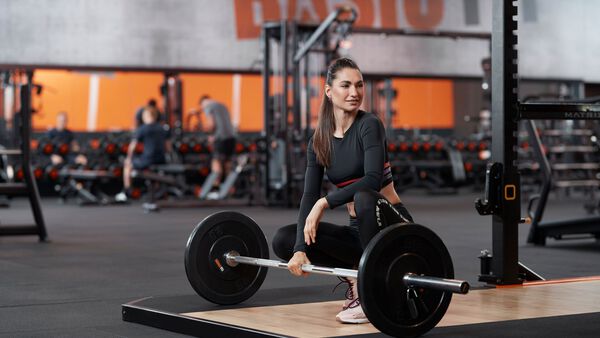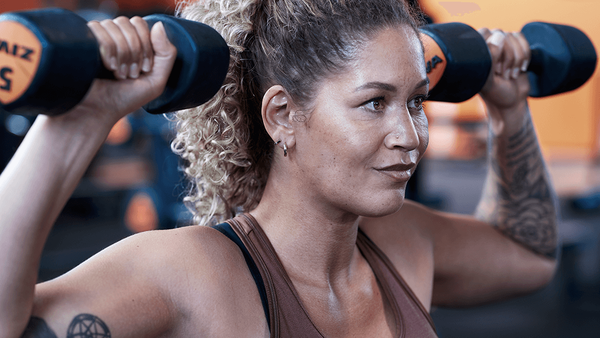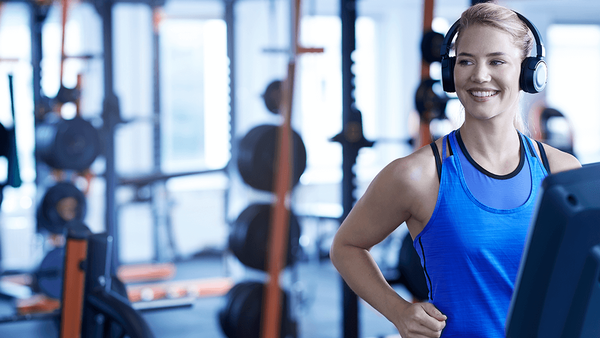Low impact
The crosstrainer is known as a low impact machine that gives little pressure on the joints and therefore reduces the risk of injuries compared to, for example, the treadmill. The crosstrainer is therefore often used in rehabilitation programs and is extremely suitable for athletes with joint issues.
For example, when you run or play soccer, your knee joints will have to endure a lot. On a crosstrainer, your feet never come loose from the pedals and you make a gradual, smooth movements with a constant distribution of force, which is gentle to your joints.
Training on a crosstrainer is also compared to cross-country skiing, where your whole body is being trained. Therefore, it is possible to burn a lot of calories in a relatively short time on a crosstrainer. If you use a high resistance on a crosstrainer you can achieve the same level of calorie burning as on a treadmill. This has been scientifically proven by research by Thomas Altena, a professor at the University of Missouri Columbia. Duration of training and the intensity of exercise determines how many calories you can burn.
There are newer types of crosstrainers that have a variable stride length. This allows even more muscle groups to be trained. The greater the stride length, the higher the calorie consumption, while you don’t have to put in more effort.
On a crosstrainer you can move forwards and backwards, which allows you to address different muscle groups. If you move forwards, you activate your thigh muscles and if you move backwards, you activate your gluteal muscles slightly more. You can also vary your movements to train as many muscle groups as possible. This allows you to burn more calories and fat.
Tips for use
We'll give you a few more tips on how to optimally fit the crosstrainer into your fitness schedule:
- Don't just use your legs, but use your arms as well. This allows you to use your whole body and all muscle groups and train most effectively.
- With an average intensity, 20 minutes of crosstraining is a good workout. If you have more energy, adjust the resistance, but not the duration of the workout.
- Drink enough water during the workout to maintain your hydration level
- Watch your posture and try to keep your back straight and slightly tighten your belly
- If you train regularly and alternate with cardio and strength equipment, try to plan the crosstrainer in every workout to improve your condition and activate as many muscle groups as possible in a short period of time.
- Your posture allows you to train certain muscle groups more actively. Try to put the accent on your thigh muscles and alternate it with more emphasis on your arm muscles.
- Try to build up your training schedule carefully and gradually train with more resistance on the crosstrainer. After a few weeks you will notice that your condition improves and you can handle a higher intensity.





